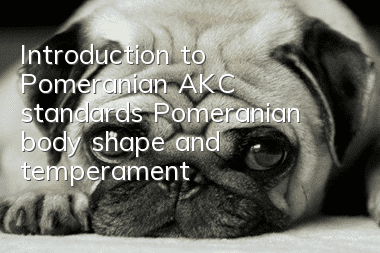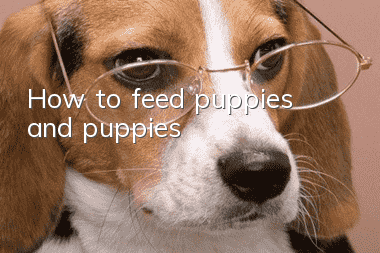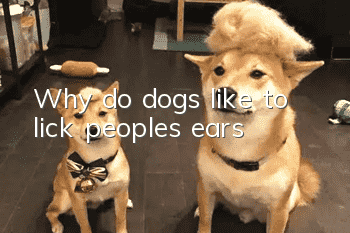Introduction to Pomeranian AKC standards Pomeranian body shape and temperament

The Pomeranian is a compact, short-backed, active toy dog. He has a soft, dense undercoat and a coarse coat. The tail is set high at the base, and the thickly feathered tail lies flat on the back. He has an alert character, intelligent expression, brisk manner and curious nature. The Pomeranian's gait is proud, stately and lively. His temperament and actions are healthy.
[Body shape]
The weight range of Pomeranians is 3 to 7 pounds, and the ideal weight for competition-level Pomeranians is 4 to 6 pounds. Any dog under or over this weight is undesirable. Regardless, overall quality is more important than size. Body length (length from shoulders to hips) should be slightly less than height at withers, with the distance from chest to ground equal to half the height at withers. Bone mass is medium, and the length of the legs is well balanced with the body structure. It should feel solid to the touch.
[Head]
The head is proportional to the body, the muzzle is short, straight and refined, and the mouth can be opened freely without appearing rude. His expression is wary, a bit like a fox. The skull is close together and slightly rounded, but not arched. When viewed from the front or side, small ears set high and erect are visible. If you imagine a line starting from the tip of the nose and passing through the middle of the eyes and the tips of the ears, you can find that Pomeranian's head is wedge-shaped. Eyes are dark, bright, medium in size, and almond-shaped. They are located on either side of a prominent stop on the skull. The Pomeranian's nose and eye rims are black, except for brown, beaver and blue Pomeranians, which are colors that match their own coat color. Scissor bite. One missing tooth is acceptable. Major Faults: Overly round, arched skull; overshot upper jaw; undershot jaw.
[Neck, topline, body]
The neck is short, and the position where it combines with the shoulders is just right to hold the head high. Back short, level topline. Body compact, ribs well sprung, chest deep to elbow level. A characteristic feature of the breed is the feathered tail, which is carried straight and flat on the back.
[Forequarters]
The Pomeranian's shoulders are set far enough back to allow the neck and head to be held high. The muscles of the shoulders and legs are moderately developed. The length of the shoulder blade is equal to that of the upper arm. The front legs are straight and parallel to each other. The length from elbow to withers is approximately equal to the length from elbow to ground. The wrist is straight and strong. Feet are arched, compact, turning neither in nor out. Toenails extend forward. Dewclaws can be removed. Major Fault: Low ankle.
[Hindquarters]
The hind legs and croup are well angled to the hindquarters. The croup is well placed behind the tail. The thighs are moderately muscular and the stifles are moderately sloping, creating a clear outline. hock and groundThe face is vertical, the leg bones are straight, and the two hind legs are parallel to each other. Feet are arched, compact, turning neither in nor out. Toenails extend forward. If there are dewclaws on the hind legs, they can be removed. Major Fault: Lack of stable supporting structure in the legs or hind legs or stifles.
[Coat]
The Pomeranian has a double coat with a soft and dense undercoat. The coat is long, straight, shiny and coarse in texture. The thick undercoat supports the outer coat and allows it to stand upright on the Pomeranian's body. The coat on the neck, front of shoulders and chest is dense, forming a decorative pattern on the shoulders and chest. The coat on the head and legs is shorter than the coat on the rest of the body and lies close to the body. The feathering on the forelimbs extends to the ankles, and the tail is covered with long, thick, spreading and straight hair. Trimming to achieve a clear and neat outline is permitted. Major Flaws: Coat is soft, flat, and sparse.
[Color]
All colors, patterns, and variations are accepted and treated equally. Pattern: Brown and tan - clear brown or rust-colored markings above the eyes, muzzle, throat and forechest, legs and paws, and behind the tail. More brown is ideal; spots: the basic color is gold, red or orange spots, with black cross markings on them; color matching: white with other color markings, white veins on the head are ideal. Classification: In professional competitions, colors are divided into several categories: red category includes red, orange, cream and sable; black category includes black, brown and blue; other color categories include any other colors and patterns or changes .
[Gait]
The Pomeranian's gait is smooth, easy, harmonious and lively. Good lead in the forequarters and powerful drive in the hindquarters. The hind legs on each side move in the same line as the front legs. The legs converge slightly toward the centerline of the body to achieve balance. Forelegs and hind legs turn neither in nor out, the topline remains level and the general outline is balanced.
[Temperament]
The Pomeranian is an outgoing, very intelligent and lively dog, making it an excellent companion dog and a very competitive competition dog.
Standard adoption date: December 9, 1996
Standard implementation date: January 31, 1997
- What’s wrong with dogs rubbing their butt?
- How old should a Border Collie be to start training, and what are the methods?
- What's wrong with a dog coughing and retching?
- What to do if your dog has a fever
- How to train a golden retriever to laugh? Can yours do it?
- Summer is here, how to solve the problem of dog anorexia?
- Why do Samoyeds smell so bad in summer?
- Is it normal for a dog to shed fluids after more than 30 days of pregnancy?
- Why do Teddy dogs like to sleep with their owners? They can’t drive them away!
- How to get rid of fleas on dogs



